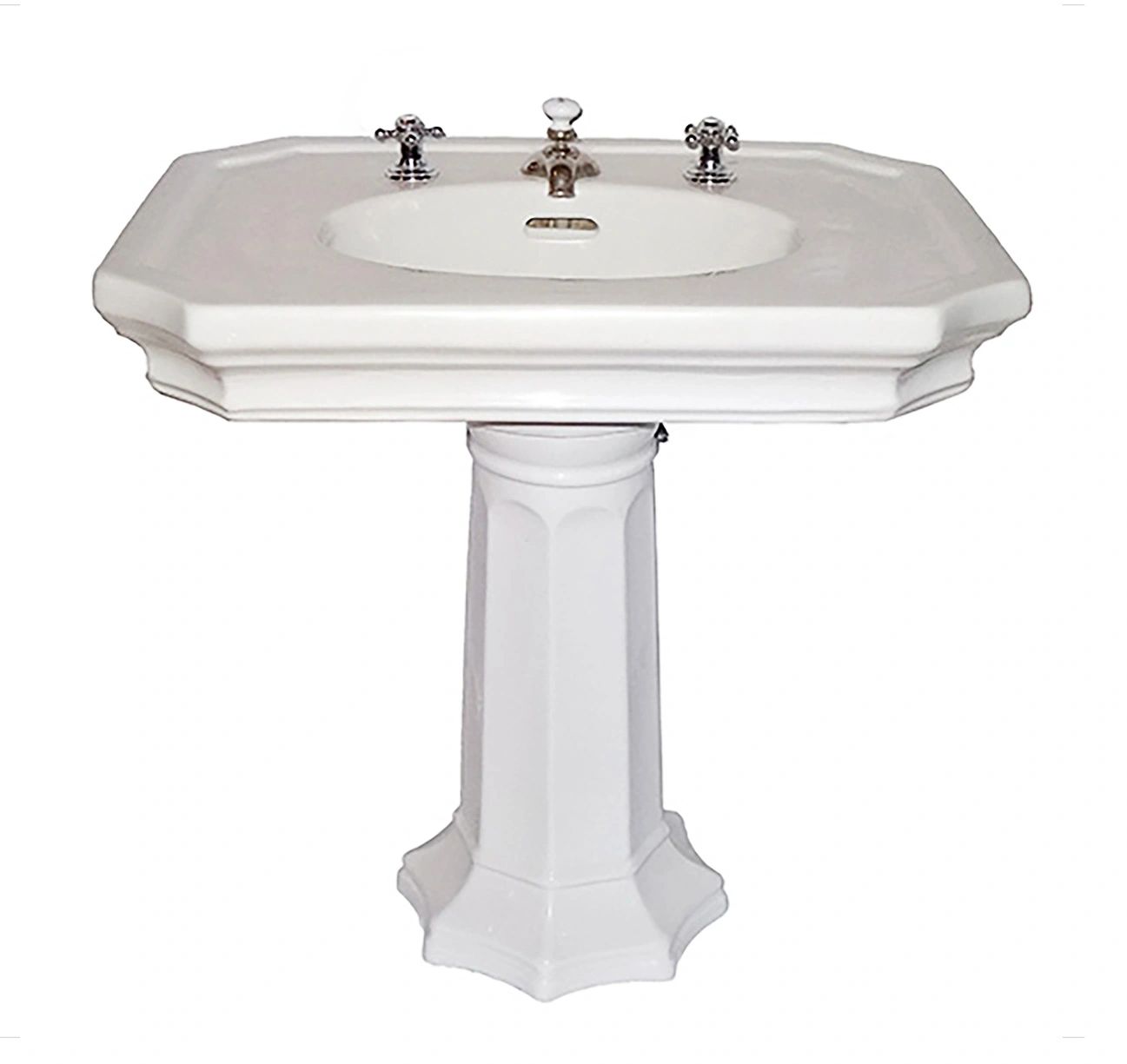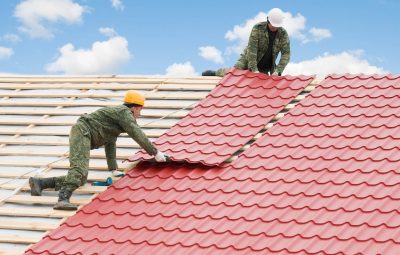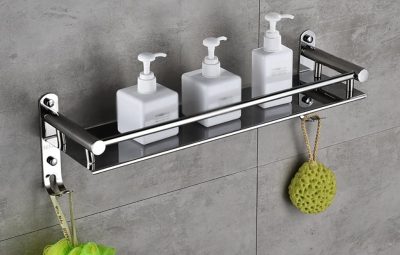That charming clawfoot tub. The intricate tile work in the hallway bath. The solid, weighty feel of an original brass faucet. Owning a historic home is a love affair with craftsmanship and character. But then… you hear it. The groan in the walls. The slow, reluctant drain. The reality of century-old plumbing can quickly dampen the romance.
Here’s the deal: preserving your home’s soul doesn’t mean you have to live with its outdated—and sometimes dangerous—infrastructure. The true art lies in balancing preservation with modernization. It’s about knowing what to save, what to replicate, and where to discreetly introduce 21st-century efficiency. Let’s dive into the pipes and see what’s what.
First, Understand What You’re Working With
Before you swing a single wrench, you need to play detective. Historic homes often come with a plumbing patchwork of different eras. You might find a mix of original materials and… well, let’s call them “creative” fixes from the 1950s. Identifying your system is step one.
Common Historic Pipe Materials
| Material | Era | Pros & Cons |
| Galvanized Steel | ~1900-1960s | Incredibly durable… at first. Prone to rust and internal corrosion that drastically reduces water flow and pressure over decades. |
| Cast Iron (Drain Lines) | Late 1800s-1970s | Fantastic for quiet drainage. But it rusts from the inside out and can eventually fracture or clog completely. |
| Brass | Various eras | Often found in valves and fittings. Durable and long-lasting, a true winner if it’s in good shape. |
| Lead | Pre-WWII | Once the standard for water supply lines. A serious health hazard that requires immediate, full replacement. |
| Orangeburg | 1940s-1970s | A tar-and-paper composite used for sewer lines. It’s basically a time bomb; it collapses and deforms easily. |
If you suspect you have lead pipes—you can sometimes identify them by their dull gray color and how easily a key scratches them—stop. Do not pass go. This isn’t a preservation issue; it’s a health and safety one. A full replacement is non-negotiable.
The Preservation Mindset: What’s Worth Saving?
Not every old pipe is a villain. In fact, some original fixtures are the heart of the home’s charm. The goal is to be strategic, not scorched-earth.
Salvageable & Restorable Fixtures
Honestly, this is where the magic happens. Those iconic fixtures can often be brought back to life, functioning better than any modern replica.
- Bathtubs (Clawfoot & Pedestal): A professional reglazing can make a chipped, stained tub look brand new. The real trick is often updating the underneath—replacing old, leaky valves with new pressure-balance or thermostatic ones for safety.
- Wall-Mounted Taps & Sink Faucets: The porcelain handles and brass bodies are built to last. A skilled plumber or restoration specialist can repack the valves and replace worn washers, often making them as drip-free as the day they were installed.
- High-Tank Toilets (The “Pull-Chain” Kind): These are a statement piece. Their simple mechanics are usually easy to repair. And if the tank is cracked, don’t despair—salvage yards and specialty manufacturers often have replacements.
The key here is finding a plumber who gets it. You need someone who sees a hundred-year-old valve not as junk, but as a puzzle to be solved. They’re out there, I promise.
The Smart Update: Where Modern Tech Saves the Day
Okay, so you’ve saved the beautiful bits. Now for the unglamorous, utterly essential work happening behind the walls and under the floorboards. This is where you invest in peace of mind.
1. The Main Water Supply & Sewer Line
This is your home’s circulatory system. If the main artery is clogged or weak, nothing else matters. Replacing the main water line (from the street to your house) and the main sewer line (from your house to the street) with modern materials like copper, PEX, or PVC is arguably the most important update you can make. It prevents catastrophic failures and ensures good pressure and drainage for decades.
2. Strategic Pipe Re-piping
You don’t always need to rip out every inch of pipe. A “spot repair” or partial re-pipe can address problem areas without a full-scale demolition. For whole-house re-pipes, PEX (cross-linked polyethylene) is a game-changer for historic homes. It’s flexible, so it can be snaked through walls and floors with minimal cutting of historic lathe and plaster. It also resists scale buildup and won’t corrode.
3. Adding (or Updating) Shut-Off Valves
Many old homes have one main shut-off valve and that’s it. Imagine a pipe bursting on the second floor and having to sprint to the basement to turn off all the water. Installing individual shut-off valves under sinks and behind toilets is a simple, inexpensive update that provides priceless control in an emergency.
4. Water Efficiency on Your Terms
You love your vintage toilet, but it uses a gallon or two more per flush. That’s okay. You can compromise. Consider a modern, low-flow toilet for a secondary bathroom that gets heavy use. For the primary bath, keep the classic. It’s about picking your battles for both sustainability and preservation.
Navigating the Practical Challenges & Hidden Costs
Let’s be real. This work is rarely straightforward. You’re likely to encounter a few… surprises.
- Access is Everything: How do you run a new pipe through a finished lath-and-plaster wall without destroying it? Sometimes, you get lucky and can use a chimney chase or a duct void. Other times, strategic, small openings are necessary, which then require a skilled plasterer to repair.
- Outdated Layouts: That tiny bathroom wall cavity wasn’t designed for a modern 2-inch drain pipe. This can require creative rerouting, sometimes through a closet or floor joist space below.
- Code Compliance: Modern codes are there for safety. You’ll need to bring any new work up to code, which might mean adding ventilation or upgrading drain sizes. A good contractor will know how to do this while respecting the home’s integrity.
The budget? Always, always add a 20% contingency for the unforeseen. Because you will find it.
A Final Thought: The Legacy in the Pipes
In the end, working on a historic home’s plumbing is more than a renovation project. It’s an act of stewardship. You’re not just a homeowner; you’re a temporary caretaker of a story. Every pipe you wisely replace, every fixture you lovingly restore, is a sentence you add to that narrative.
You’re ensuring that the next family to walk through the door can enjoy the same morning light in the parlor—and also a reliably hot, strong shower upstairs. It’s a balance, sure. But it’s a balance that honors both the past and the future, one carefully considered pipe at a time.








